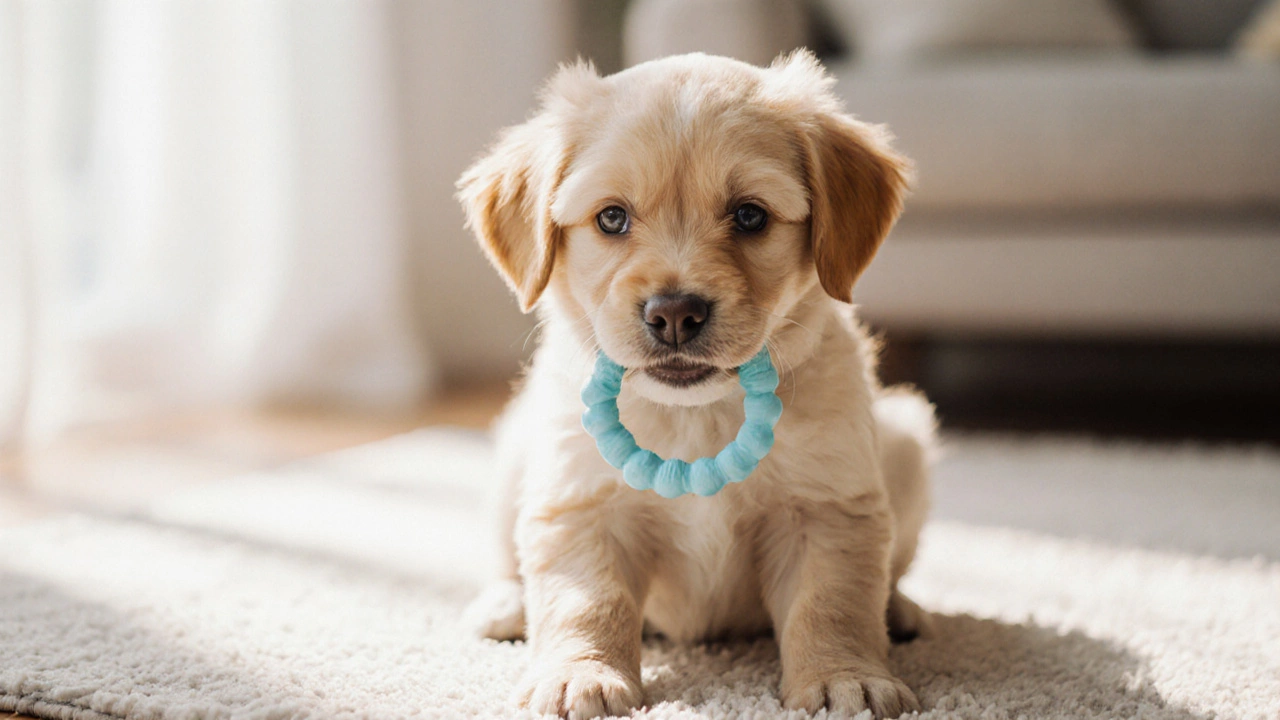Puppy Teething Toys – Essential Guide for Happy Gums
When working with puppy teething toys, soft, safe chew items designed to soothe a puppy’s growing teeth. Also known as puppy dental toys, they support puppy dental health, strong gums and clean teeth through natural chewing and help curb destructive habits. Picking the right chew toys, items that can endure a puppy’s bite while being gentle on gums means focusing on safe materials, non‑toxic, BPA‑free plastics or natural rubber that won’t splinter. In short, puppy teething toys link dental health, material safety, and playful comfort into one essential product.
How to Pick the Right Puppy Teething Toy
Most puppies start teething around three to four weeks old, and the discomfort can last until their adult teeth appear at six months. During this window they chew constantly, looking for relief. If you give them a bland plastic bone, they’ll quickly lose interest or, worse, hurt their gums. Instead, choose a toy that matches the teething stage: softer rubber for the earliest weeks and slightly tougher fibers as the bite strengthens. Vets often say that a toy’s texture should change as the pup grows – a clear semantic link: teething stage influences toy hardness.
Material choice matters more than the brand name. Natural rubber offers a flexible chew that massages gums, while woven hemp fibers give a satisfying tug that promotes jaw exercise. Nylon bones are durable but can be too rigid for very young puppies, increasing the risk of tooth cracks. The triple puppy teething toys – use safe materials – protect dental health holds true across all age groups. When you compare options, look for certifications like “nontoxic” and “BPA‑free” on the packaging.
Size and shape are another piece of the puzzle. A toy that’s too large can be scary, and one that’s too small presents a choking hazard. A good rule of mouth is to select a toy about the size of your pup’s muzzle; it should be easy to pick up but not fit completely inside the mouth. Round toys encourage circular chewing, which massages the gums evenly, while angled or textured toys guide the bite to specific pressure points. This relationship—toy shape guides chewing pattern—helps reduce sore spots and encourages healthier bite development.
Keeping the toys clean extends their lifespan and safeguards your puppy’s health. Most rubber toys can be tossed in the dishwasher or boiled for a few minutes to kill bacteria. Nylon toys, however, may warp if exposed to high heat, so a quick wipe with a pet‑safe disinfectant works best. Regular cleaning also removes saliva buildup, which can attract mold. The actionable insight: set a cleaning schedule that matches your pup’s chewing frequency.
Finally, rotate the selection. Puppies get bored fast, and a fresh toy re‑engages their interest, preventing them from turning to furniture or shoes. Veterinarians recommend swapping toys every few days and storing the rest in a clean, dry place. By rotating, you also give each toy a chance to rest, reducing wear and tear. This practice creates a simple loop: rotation boosts engagement, which protects teeth and reduces destructive behavior. With these tips in mind, you’re ready to choose toys that ease teething pain, support dental health, and keep your home intact.
Below you’ll find our curated collection of articles that dive deeper into specific toys, material safety tests, and training tricks to make the teething phase smooth for both you and your pup.

Safe Chew Options for 8‑Week‑Old Puppies: What to Offer and What to Skip
Learn which chews are safe for an 8‑week‑old puppy, how to pick the right toys, DIY options, and red flags to avoid for a smooth teething period.
View more